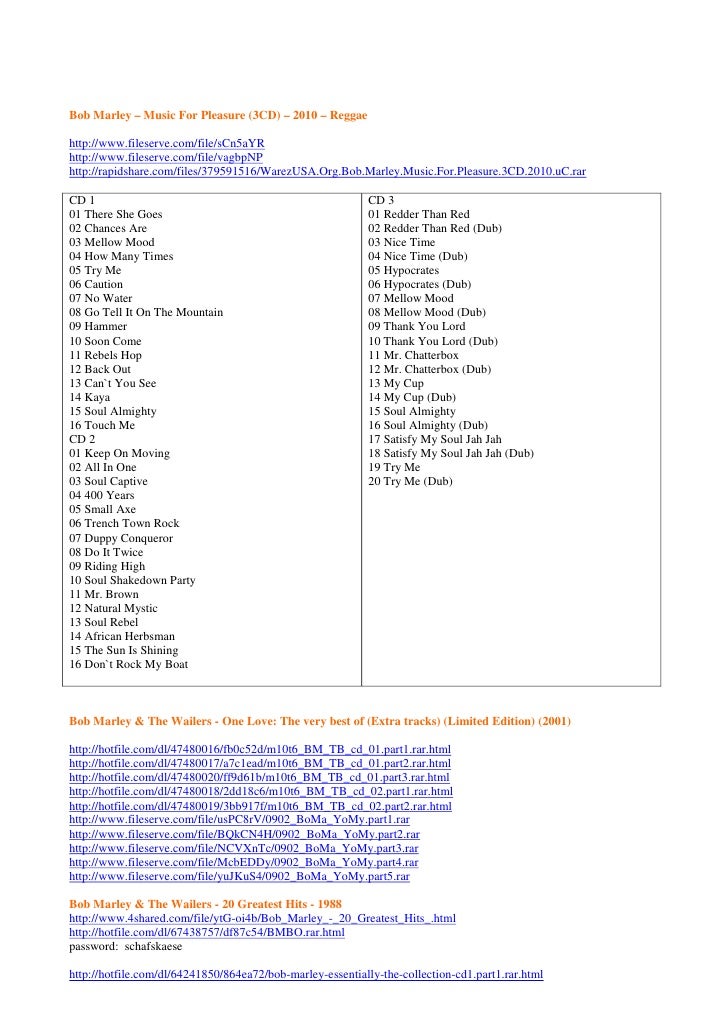

- #Chaka demus pliers tease me rar how to#
- #Chaka demus pliers tease me rar install#
- #Chaka demus pliers tease me rar full#
- #Chaka demus pliers tease me rar software#
When prompted, select the Intermediate installer mode.

Copy PC:MUI.KEY S:MUI.KEY Go to the unpacked MUI folder in the Temp directory and double-click the Install-MUI icon. I am using a 16GB SanDisk SD card, connected to my PC using a cheap USB memory card reader. Partitioning & Formatting The first step is to prepare your HDD, Compact Flash or SD card for use with an Amiga. Generally you should reboot the Amiga between each of the sections below, but I’ll point this out where it is essential. Equally, my Workbench installation partition will be labelled System. At the end of the guide, this temporary folder can be deleted. If you want to use a different partition or drawer name, you will need to replace references to Work:Temp/ below accordingly. I will use Work:Temp/ as a temporary working location. Conventions At many points in this guide, temporary files will need to be created (e.g., when unpacking archives). To use this guide, you’ll need a set of Workbench 3.1 installation floppy disk images, relevant motherboard ROM image file for use with WinUAE and a way to connect your Amiga HDD to your PC (usually a USB memory card reader). Like a real hard drive, before that Amiga can use it.
#Chaka demus pliers tease me rar install#
Button on the right and select your Install A. Chapter 2 - Formatting the HD and Installing Workbench 3.1. For basic tasks like installing Workbench is paramount in.
#Chaka demus pliers tease me rar how to#
How to mount ADF files in your Amiga using XFS. If you’ve got no clue what you’re doing, it might be an idea to spend some time playing around with a virtual Amiga with.

I will assume the reader has some basic working knowledge of the Amiga to keep the total length of the guide down.
#Chaka demus pliers tease me rar software#
At the end of the guide I’ve included some ideas on other software to use with faster Amiga hardware.

This guide was written for a 68020 CPU Amiga with 2MB of chip-RAM and 8MB of fast-RAM (specifically, I used ). You’ll also get more opportunities to customise the Workbench installation and not be stuck with unmaintained ‘all in one’ packs that have not been updated in years. There are several popular pre-made packs for the Workbench OS (like ), but it can be very informative to go through the process from scratch. The standard Workbench installation is very basic but there is a large selection of 3rd party software to enhance and modernise the experience. In this guide I’ll take you through the process of customising the Workbench 3.1 operating system for the Commodore Amiga.
#Chaka demus pliers tease me rar full#
The full list and links to the utilities added are: LHA unarchiver - LZX unarchiver - Installer - MUI 3.8 - Magic Workbench - SysInfo. This video was created on a real A500 and starts out a little grainy, please excuse the quality. There are prebuilt WB installs like Classic Workbench () available, but for curious, this tutorial illustrates the full process. I'll be installing a couple of critical extensions (LHA, LZX & Installer), MUI and Magic Workbench. In this tutorial, I'm making use of the extra power and RAM supplied by the ACA500+. AmigaOS 3.1 is fine out of the box but with a few add on utilities, it can perform and look like a more modern OS.


 0 kommentar(er)
0 kommentar(er)
